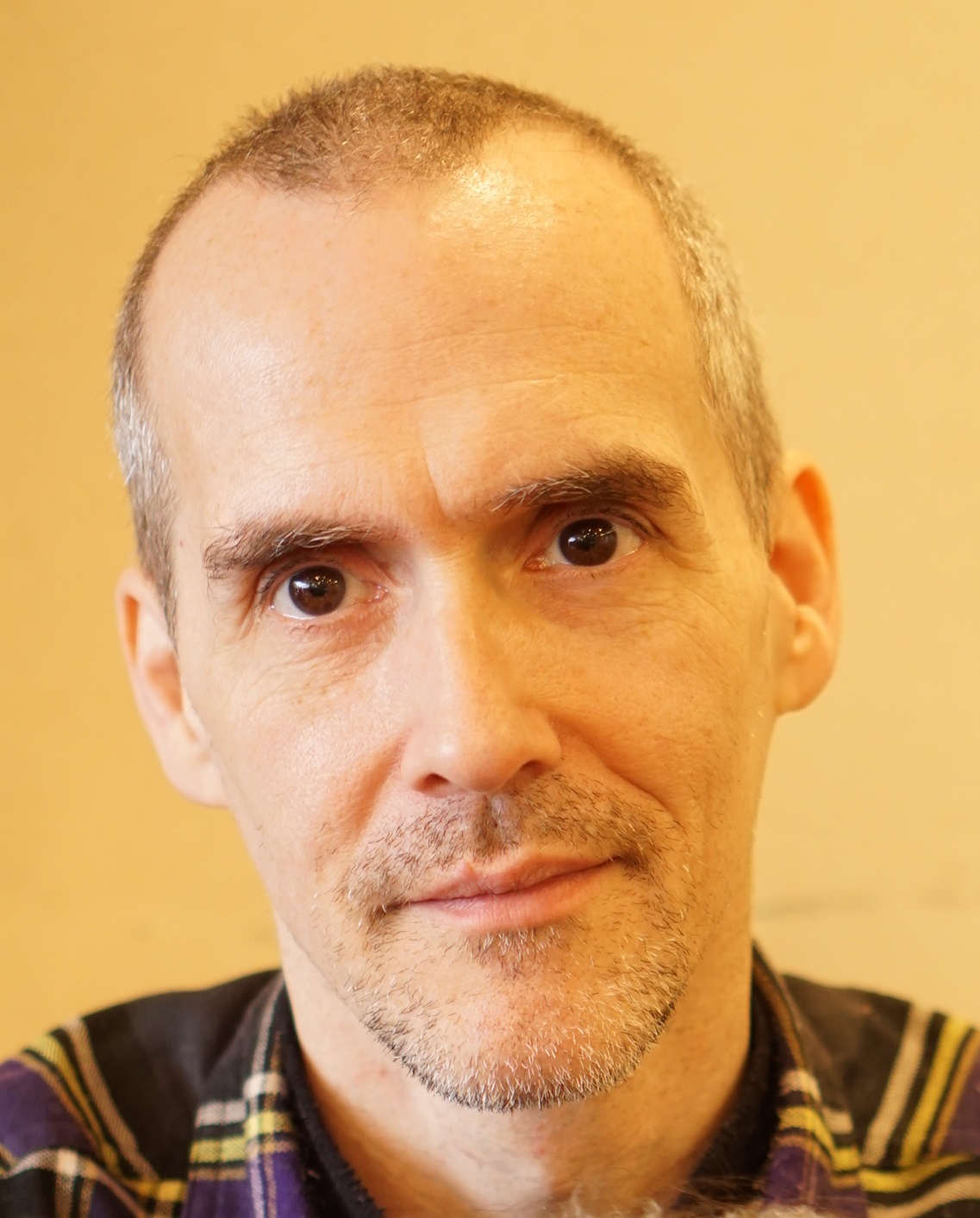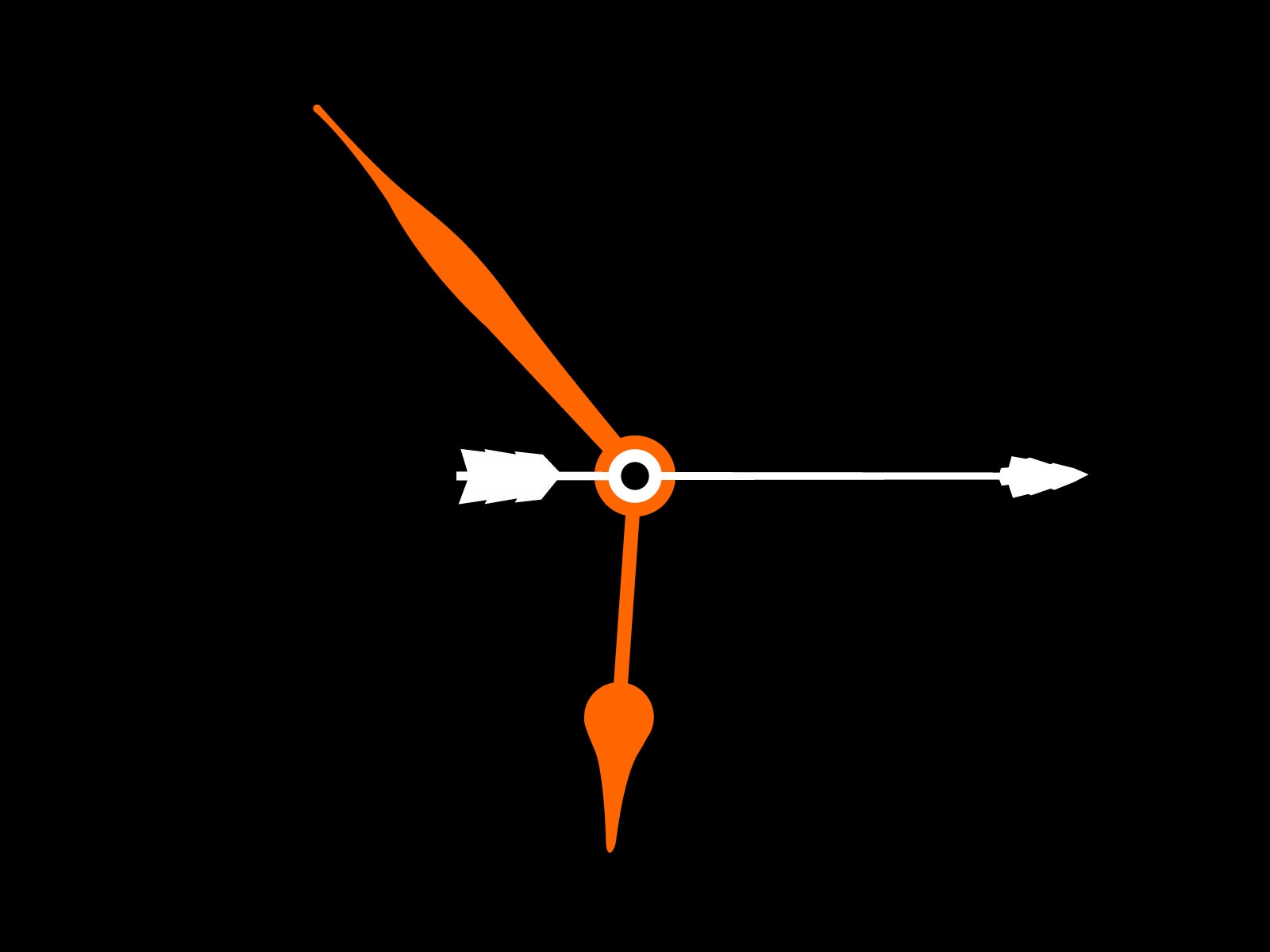Activity 2: Your course
Read the introduction below:
The official university course syllabus provides details of the grade percentages awarded to participation, quizzes and final assessment.
The course divides into two parts: knowledge acquistion and prototype development. You will work individually on knowledge acquisition and in teams of the prototype development. (For students who can code and prefer not to work in teams, you can form a team of one).
Active participation is defined (by me) as submitting assignments or completing assigned tasks via the learning management system ( ELMS ).
In general, each assignment or task is awarded either zero or 100%. Most assignments involve solving problems. This emoticon is used to remind you of these. Quizzes are conducted either online or live. There are quizzes on time, tense and visualization. The final assignment is the creation of a prototype for a tool to visualize time and/or tense. For this assignment, you need to design, develop and evaluate a visualization tool. You need to submit three items, namely the source code, a written report and a video evaluation.
 Awareness and defense
Awareness and defense
 Blitz speaking
Blitz speaking
 Interview practice
Interview practice
 Professional development
Professional development


